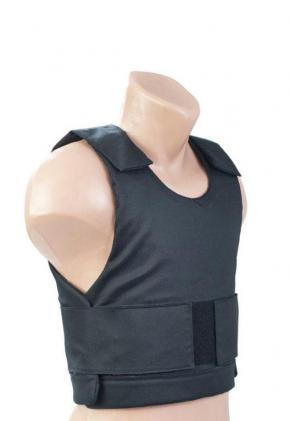Innovative fluid for bulletproof vests
A team from WUT’s Faculty of Materials Science and Engineering under supervision of Prof. Marcin Leonowicz, together with the Military Institute of Armament Technology and the Institute of Security Technologies MORATEX in Łódź has been working on this invention as part of the Innovative Economy Programme – “Smart passive body armour with application of rheological fluids with nano structures” (SmartArmour) project.
Application of the shear thickening Fluid (STF) improves the elasticity of the armours. This is a totally new approach to designing of ballistic armours, mainly bulletproof vests. The STF abruptly and reversibly changes its viscosity under external force - it thickens and becomes a hard, elastic body.
Currently, the materials used to make bulletproof vests are very stiff, which makes them uncomfortable to wear. Application of the STF can also protect humans from having injures on their arms, legs or neck.
The shear thickening fluid, invented as a part of the project, is characterized by low mass, which decreases the entire mass of the protective product. The scientists applied liquids in various forms i.e. on textiles, as polyethylene composites and in elastomer cushions, which create the so-called dragon skin.
An anti-trauma-pad, with the application of the STF, was also designed and fabricated. The pad can be applied under a heavy bullet-proof vest, in order to decrease the deflection, which for such armours is limited to 4 cm. Further deflection can lead to fatal damage to the body, because even without perforation of the ballistic shield the person might die from the related trauma. By introducing the shear thickening fluids, where the nanoparticles within the pad become rigid enough to protect the wearer as soon as a kinetic energy threshold is surpassed, the deformation of the shield has been decreased by 70% (the vest will deform not 4 but 1 cm). The risk of internal organs being damaged is reduced. Additionally, the anti-trauma–pad possesses thermal canals inside the vest, which improve ventilation and make it more comfortable for the user.
The invention of the Polish scientists can be used wherever the material is expected to dissipate the energy, i.e. in bulletproof vests, sportswear, impact protection pads, in bridge beams and in train buffers.


